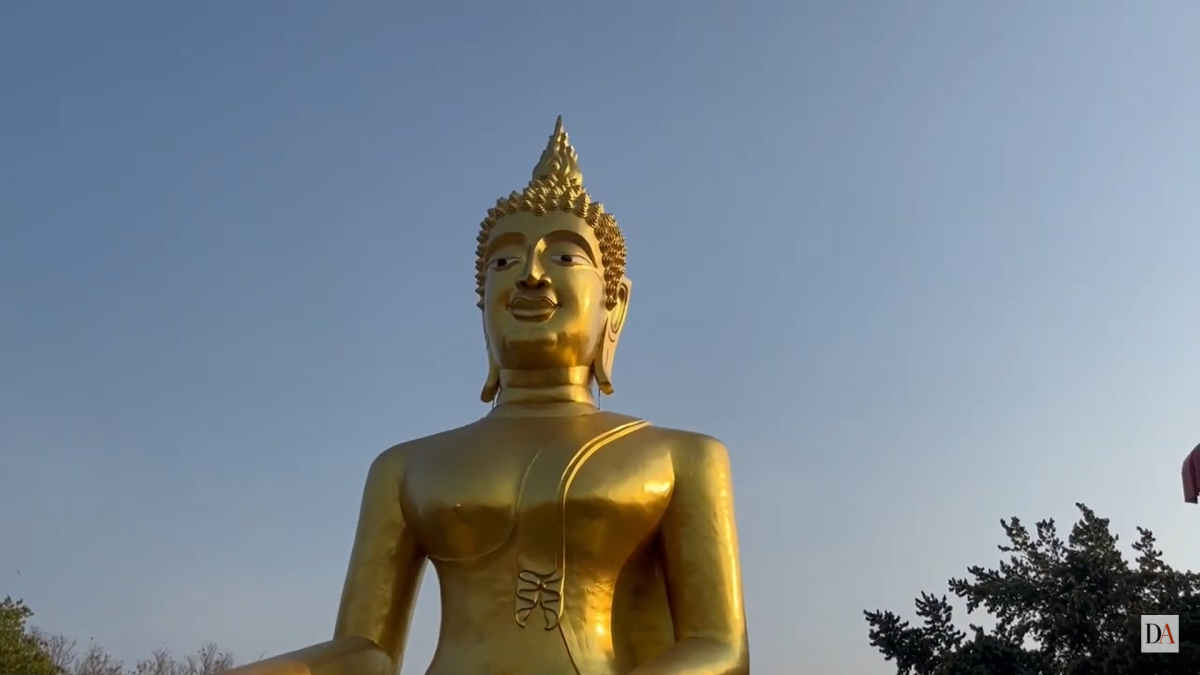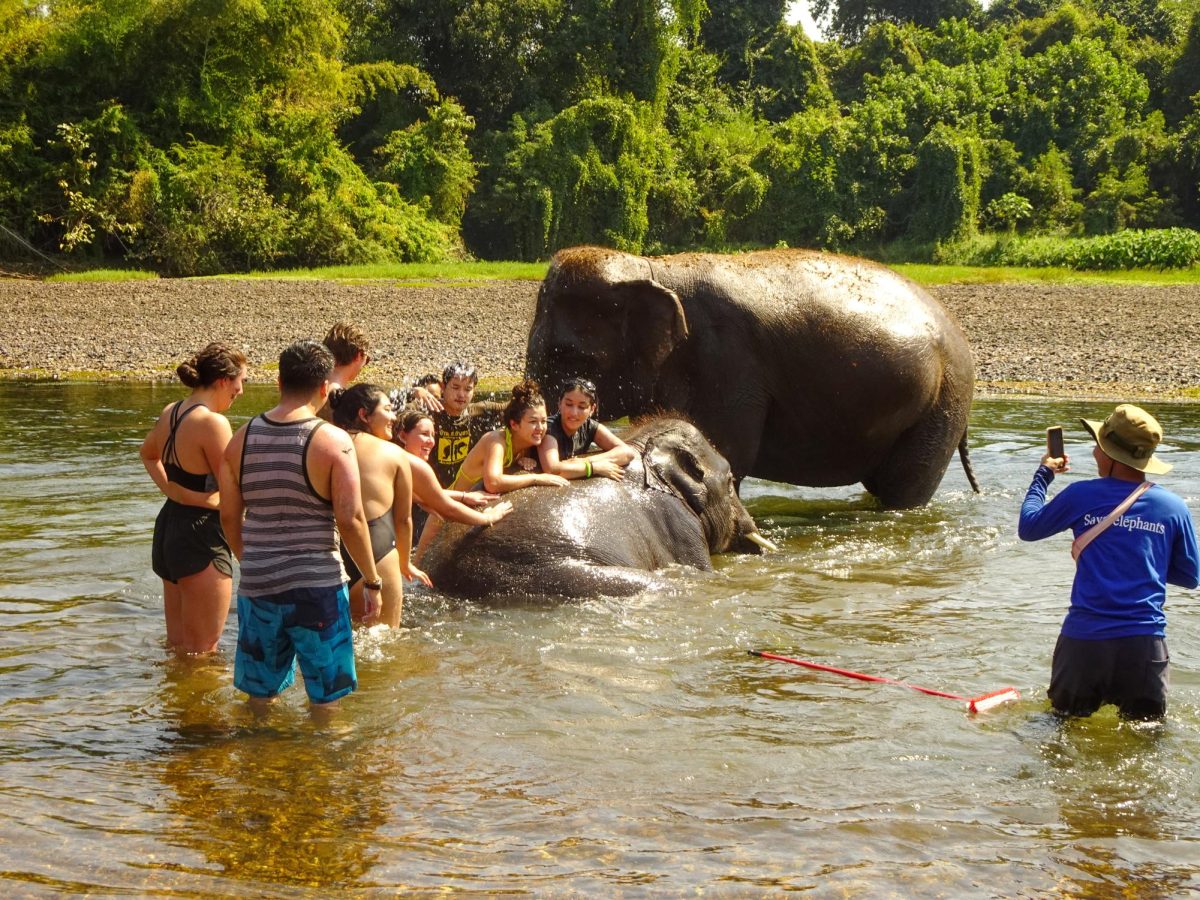Editor’s note: This is the third in a four-part series depicting the first 100 years of San Diego State University. Information was supplied by Raymond Starr in his book San Diego State University: A History in Word and Image.
When World War II ended, San Diego State College and every other college in America experienced tremendous overcrowding. Returning veterans caused enrollment at SDSC to skyrocket, going from just 860 students in 1943 to 4,376 by 1947.
Because of their experiences, these new students were more mature and serious than traditional American college students had been. Most were in their 20s, and some were married and had children.
Increased enrollment created a demand for more classrooms and housing complexes. Surplus Army huts and temporary units, which had been built for war workers during the war, were used to alleviate the shortage.
During this time of expansion, the number of faculty members increased from 60 during the war to more than 230, followed by 40 part-time assistants and lecturers by the end of the decade.
Before SDSC entered into the ’50s, it experienced other significant changes.
Gov. Earl Warren signed legislation making SDSC an official four-year liberal arts institution in May 1947. State also began to offer graduate instruction around this time.
Postwar student life was social and filled with activities, such as parades, pep rallies, dances and parties.
Freshmen were made to follow silly rules. For instance, the student handbook forbade freshmen to enter the quad through the arch. Also, freshmen were not allowed to date upperclassmen.
Fraternities and sororities were revived in the late ’40s, and as noted in The Aztec in 1948, Greek social activities included beer drinking, athletic events, dancing and promotion of poker parties.
Although the Greek organizations were known for their fun activities, they were also known to be racially and religiously discriminatory.
In 1948, a controversy ensued when the Associated Students Council voted to authorize an investigation of charters to see if they were discriminatory. Students feared that an anti-discrimination policy would create negative publicity and drive away national organizations. They voted down the measure.
With the ’50s came President Malcolm A. Love, who was characterized by The Daily Aztec as being dignified and having great energy.
When he arrived at SDSC, the school had more than 4,800 students and 222 faculty members. By the end of the decade, enrollment reached nearly 10,000.
During the ’50s, students seem to have done well academically, with entering freshmen ranking in the top 10 percent of all universities in the country in examination scores. Many graduates moved into leadership positions in the city, such as mayor, district attorney and congressman.
With increased enrollment came even more changes. SDSC began to offer afternoon classes, and in 1957, the college used primitive computers to speed up tasks. The college also began to use student identification numbers.
The state of California also began to designate students as resident or non-resident, so the state could charge a non-resident fee. Service fees were increased, and parking fees were imposed.
In 1959, students paid $5 per month for reserved spaces and $3 per month to look for unreserved spaces.
Incredible campus expansion took place in the ’50s, as the college increased the square footage of its buildings from about 255,000 to about 1,240,000. The college’s first dormitories were among the new buildings.
Life in the new dormitories was strictly controlled, with 10:30 p.m. curfews for women on week nights and bed checks.
In the 1950s, SDSC raised its graduation requirements, expanded its graduate programs and established a branch in Imperial Valley. A degree in radio and television broadcasting was offered, and in 1960, SDSC became the first state college in the state to have its own educational radio station, KPBS-FM.
The faculty played a large part in SDSC’s growth as a university. Prospective faculty applicants were expected to have doctorates. The newly created Faculty Senate formulated policy on educational, personnel, institutional and other related topics.
During this period, the college experienced the Red Scare witch hunting, which targeted psychology professor Harry Steinmetz, who was considered by conservative San Diegans to be a radical. Because he refused to answer questions regarding his alleged membership in the Communist Party, he was dismissed in 1954.
Student life at SDSC in the ’50s included a Toilet Bowl, pie-eating contests and a panty raid.
In 1952, about 50 students stormed up the stairs in Quetzal Hall and raided the girls’ trunks, making off with blouses and undergarments. The Aztec called the situation “pantymondium.”
In the ’50s, football had some good times and some very bad times. In the 1951 season, the team went 10-0-1 and became SDSC’s first undefeated football team, but in 1960 the Aztecs failed to win a single conference game.
The 1960s began with far-right activism. One student was arrested for stealing explosives and detonators, supposedly to “defend America against foreign aggressors.”
When the president of the American Nazi Party appeared on campus in 1962, he was pelted with eggs.
After the right-wing hysteria began to die down, President John F. Kennedy was invited to deliver the 1963 commencement address. More than 30,000 people came to hear him speak.
Enrollment in the ’60s continued to soar, reaching 25,500 at the end of the decade.
Significant developments were the beginning of the new $8 million library and the creation of professional schools and colleges.
During the ’60s, the Aztec football team received national recognition because of coach Don Coryell. After a 60-0 loss to Fresno State in 1960, the Aztecs got a new coach and a new record. They won three national college-level championships, had three undefeated seasons and won five conference titles and three bowl games.
Basketball, swimming, track and cross country also ranked nationally.
The ’60s marked the emergence of a new kind of SDSC student one with hippie characteristics, including long hair, tie-dyed clothes and anti-authoritarian attitudes.
As the ’70s grew near, the Associated Students created the Ombudsmen to protect student rights.
Many students made clothing, jewelry, leather goods and candles to sell on the sidewalks as part of the anti-machine, anti-establishment attitude of the time.
As a result of a few radical organizations on campus, more militant student activity occurred.
The school’s decision to install a system of toll gates at one large parking lot spurred students into action. After student protests and a boycott, the administration returned to the parking sticker system.
In 1967, students began to speak out against the war in Vietnam. Many of their protests centered on on-campus recruiting by the military and industries producing war goods.
Students also addressed issues of racial injustice on campus. The administration ordered the Greeks to eliminate discriminatory clauses from their charters, and when four sororities refused, they were placed off campus.
In March 1970, students held a sit-in in the campus administration building after several radical faculty members were not rehired or promoted.
After President Richard Nixon ordered an invasion of Cambodia in April 1970, demonstrators marched through SDSC’s main quad shouting obscenities, carrying signs and singing “Give Peace a Chance.”
Also during the ’60s, departments of African American, Mexican American and American Indian studies were established, and the Educational Opportunity Program was created.
The women’s movement lead to the creation of the Center for Women’s Studies and Services. Women had to overcome much opposition, with one administrator saying, “Oh, those women all they ne
ed is a good lay.”
After a decade of lively and challenging change, SDSC was on the brink of becoming a university, which will be discussed in the final part of this series next week.






